Ice Fishing Gear
Ice fishing is a terrific way to extend your fishing year into the winter. Because of the ice, however, your fishing trip is going to look a bit different. With the different gear and set up, you're going to need a few other tools for a successful fishing trip. With our selection of various ice fishing essentials, you can get ready for the upcoming trip. Whether you're an experienced fisherman or are new to the scene, you can be sure that you'll find high quality pieces here, all ready to help you catch your prize fish.
-
img:corner-made-in-america-flag-overlay-80p.png

 $104.95
$104.95 -
Out of stockimg:corner-made-in-america-flag-overlay-80p.png

 $114.95
$114.95 -
img:corner-made-in-america-flag-overlay-80p.png

 $41.95
$41.95 -
img:corner-made-in-america-flag-overlay-80p.png

 $47.95
$47.95 -
img:corner-made-in-america-flag-overlay-80p.png
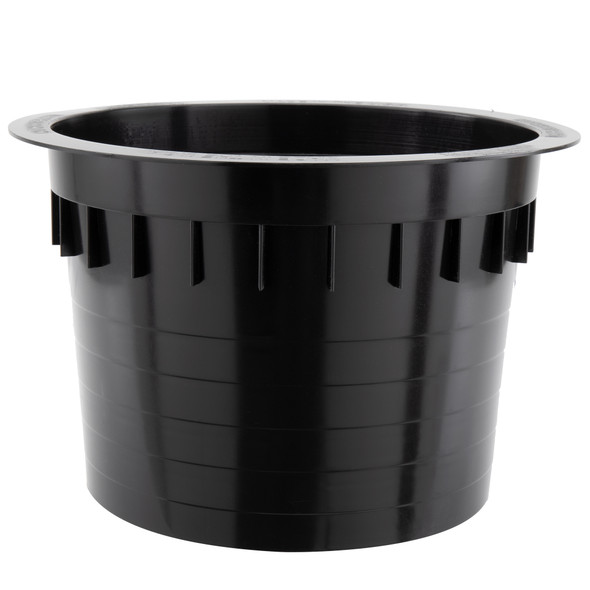
 $41.95
$41.95 -
Out of stockimg:corner-made-in-america-flag-overlay-80p.png

 $35.95
$35.95 -
img:corner-made-in-america-flag-overlay-80p.png

 $73.95
$73.95 -
Out of stockimg:corner-made-in-america-flag-overlay-80p.png

 $20.95
$20.95 -
img:corner-made-in-america-flag-overlay-80p.png
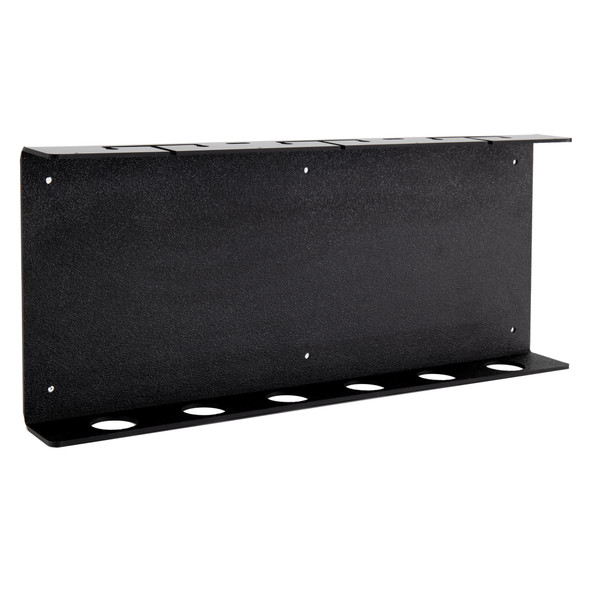
 $35.95
$35.95 -
img:corner-made-in-america-flag-overlay-80p.png

 $41.95
$41.95 -
img:corner-made-in-america-flag-overlay-80p.png

 $31.95
$31.95 -
img:corner-made-in-america-flag-overlay-80p.png
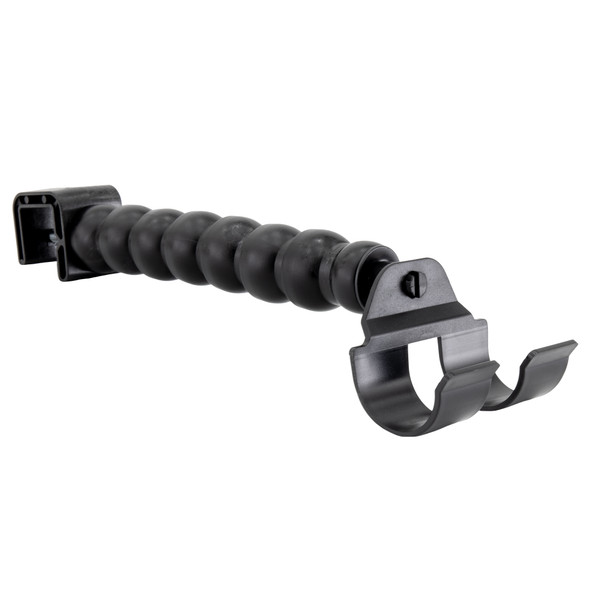
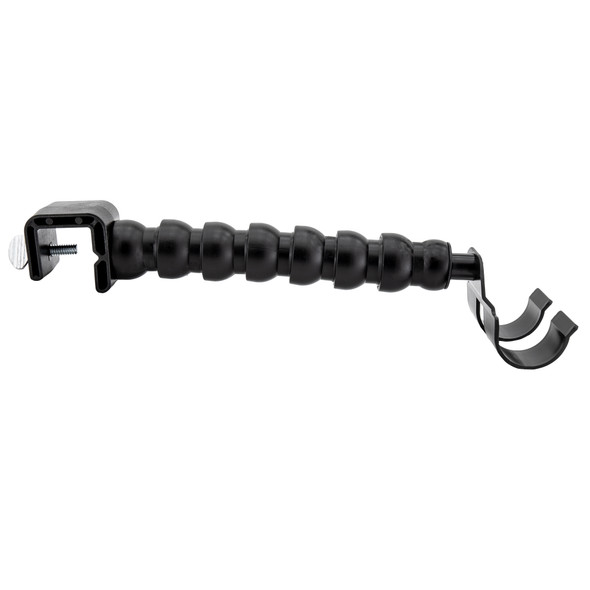 $31.95
$31.95 -
img:corner-made-in-america-flag-overlay-80p.png

 $31.95
$31.95 -
img:corner-made-in-america-flag-overlay-80p.png

 $20.95
$20.95 -
Out of stockimg:corner-made-in-america-flag-overlay-80p.png

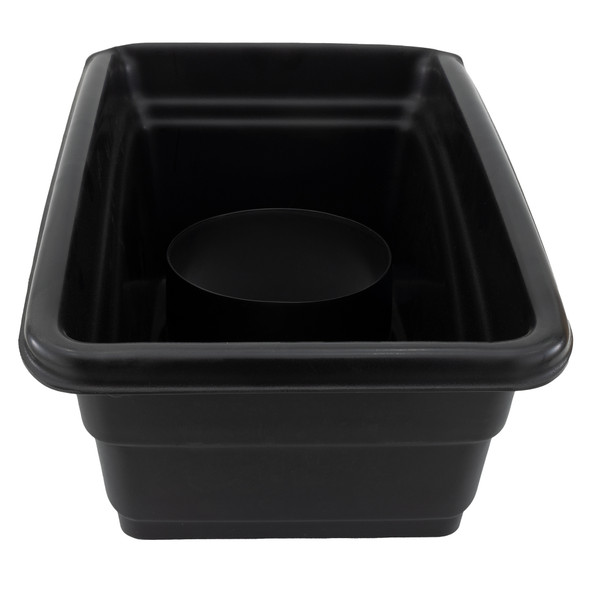 $104.95
$104.95
Ice fishing is a terrific way to extend your fishing year into the winter. Because of the ice, however, your fishing trip is going to look a bit different. With the different gear and set up, you're going to need a few other tools for a successful fishing trip. With our selection of various ice fishing essentials, you can get ready for the upcoming trip. Whether you're an experienced fisherman or are new to the scene, you can be sure that you'll find high quality pieces here, all ready to help you catch your prize fish.
